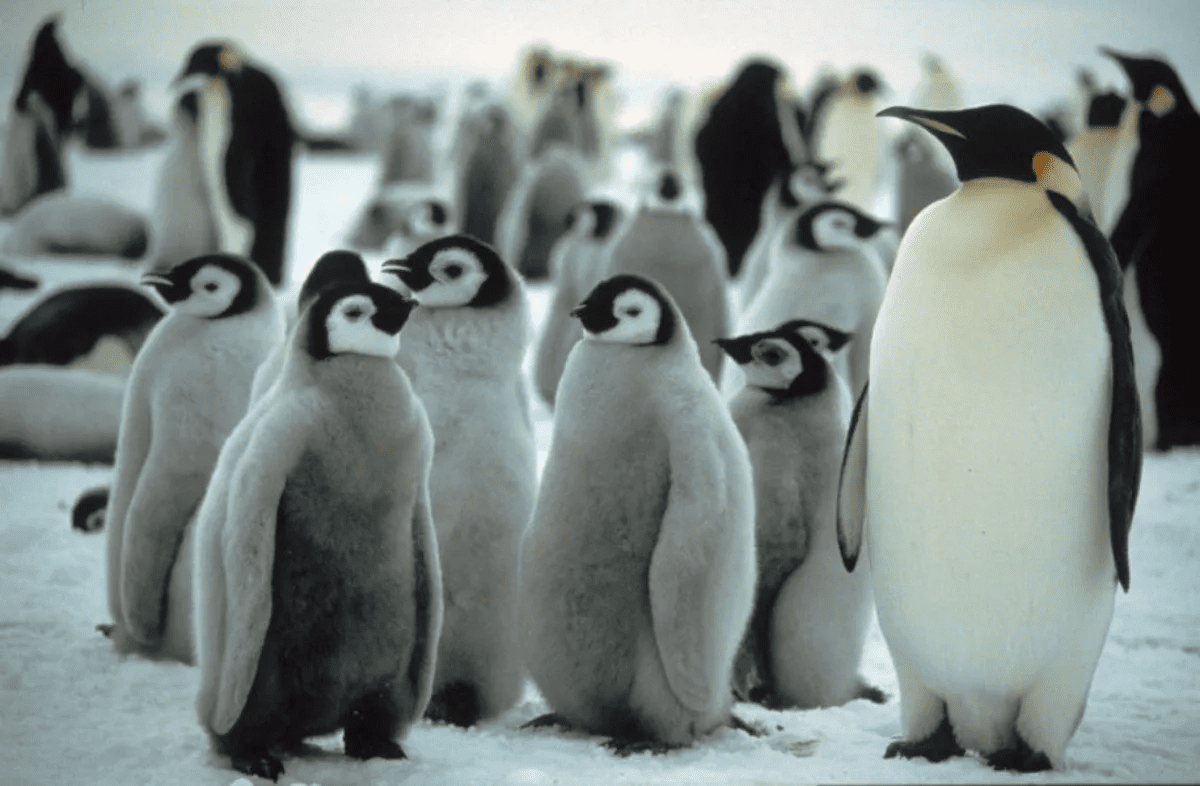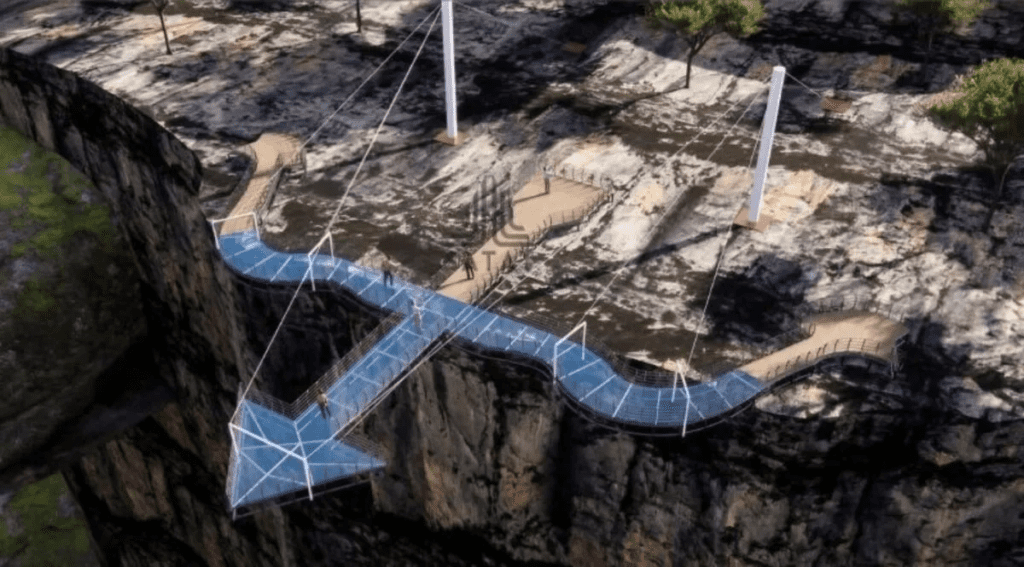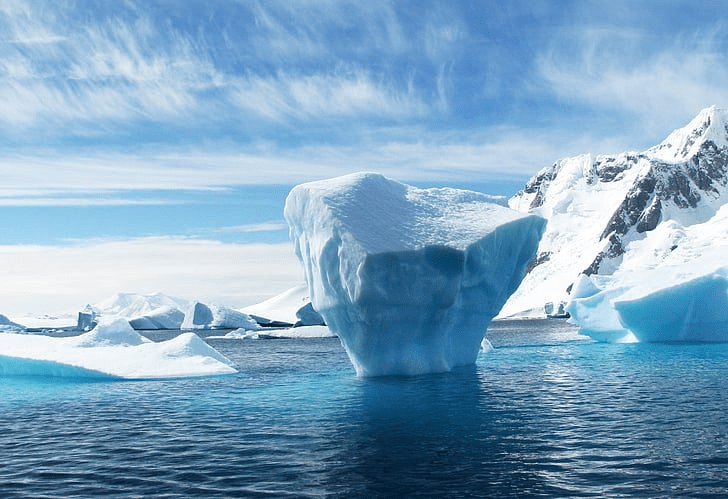Antarctica’s sea ice has witnessed a significant reduction over the past seven years, raising concerns about the region’s ecological balance. The emperor penguins in Antarctica are facing unprecedented breeding failures due to the loss of sea ice. In 2022, a region in Antarctica experienced total sea ice loss, leading to the perishing of chicks from four out of five colonies. Predictions suggest that if the current trend continues, over 90% of emperor penguin colonies could be quasi-extinct by the end of the century. The global warming trends are directly impacting the survival of these majestic birds, emphasizing the need for immediate action.
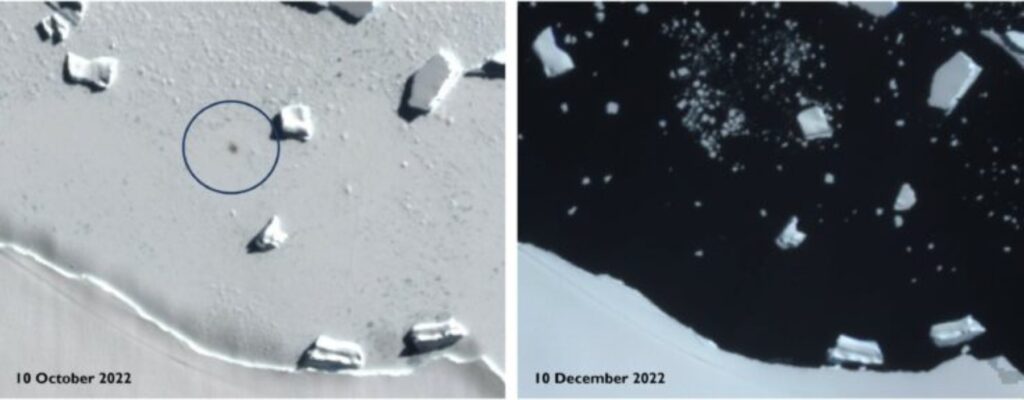
By the close of December 2022, the extent of sea ice was the lowest in 45 years, as per satellite image records. The central and eastern Bellingshausen Sea region witnessed the most extreme loss, with a complete disappearance of sea ice in November 2022. This area didn’t see the formation of sea ice until late April 2023, indicating a prolonged period of warmth. A British Antarctic Survey study showed that melting sea ice is a big danger to emperor penguins. Dr. Peter Fretwell, the lead author of the study, stated, “We have never seen emperor penguins fail to breed, at this scale, in a single season.”
The loss of sea ice during the Antarctic summer made the survival of displaced chicks highly unlikely. Satellite images revealed sea ice loss at breeding sites even before the chicks developed waterproof feathers, further complicating their survival. Emperor penguins rely on stable sea ice, known as ‘land-fast’ ice, from April to January for breeding and survival. Once they reach their breeding site, penguins lay eggs during the Antarctic winter, which hatch after 65 days, but the chicks don’t fledge until the summer months. Between 2018 and 2022, 30% of the 62 known Antarctica’s emperor penguin colonies in experienced partial or total sea ice loss.
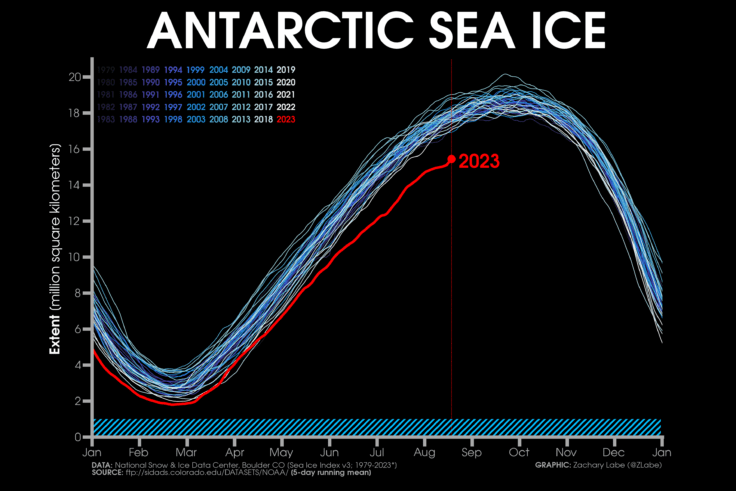
Dr. Fretwell added, “Emperor penguins are highly vulnerable in a warming climate, and extreme sea ice loss events will likely become more frequent.” While emperor penguins have previously adapted to sea ice loss by relocating, this strategy may not be viable if an entire region’s sea ice habitat is affected. Climate change mainly affects the emperor penguins’ population. Dr. Jeremy Wilkinson, a sea ice physicist at BAS, emphasized, “This paper dramatically reveals the connection between sea ice loss and ecosystem annihilation.” He further urged, “Politicians must act to minimize the impact of climate change. There is no time left.”
Similar Post
The Weather Channel reported a “catastrophic” breeding failure of four out of five monitored Emperor penguin colonies due to disappearing sea ice. The Antarctica’s melting sea ice threatens its wildlife, especially emperor penguins. This shows how closely nature’s systems are linked. The penguins’ well-being depends on healthy sea ice. The rapid changes in the Antarctic environment underscore the urgency of addressing global warming. Emperor penguins show how wildlife struggles with climate change. Everyone needs to act sustainably to protect species like them. Losing one species can harm the whole environment. The current trajectory of sea ice loss and its impact on wildlife is a clarion call for immediate action. As guardians of the planet, it is our collective responsibility to ensure that future generations inherit a world where species like the emperor penguin thrive.
